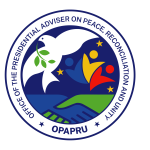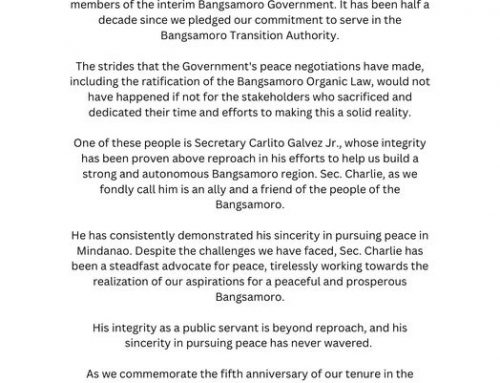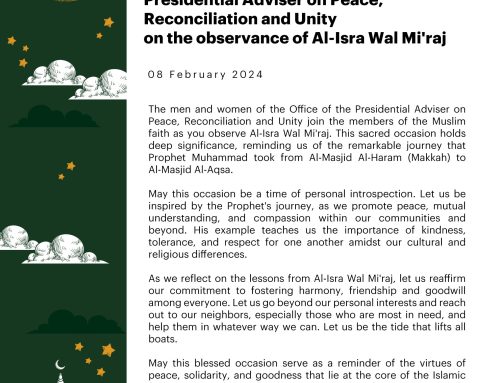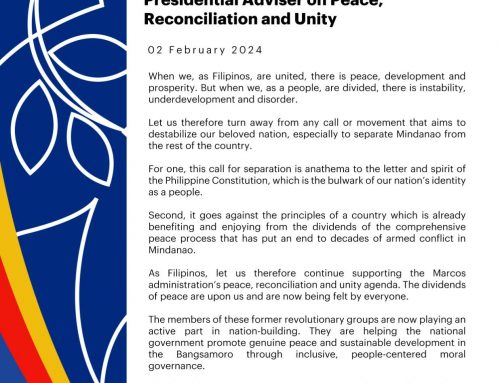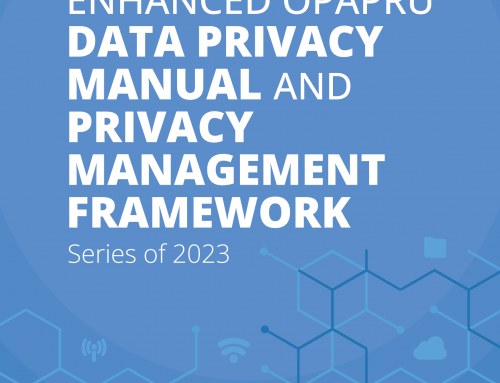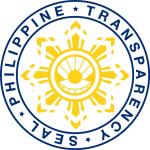Although the creation of the Office of the Presidential Adviser on the Peace Process (OPAPP) could be traced back to a few decades only, efforts towards peace and reconciliation in the Philippines have been ardently pursued earlier by various administrations.
As early as the 1960s, groups were formed, each spurred by its own cause. One of these was the advocacy group, Mindanao Independence Movement, created by Nur Misuari. This was later transformed in 1972 into the armed group, Moro National Liberation Front (MNLF), which called for recognition of the rights of Muslim Filipinos. In 1969 as well, the New People’s Army (NPA) was formed fighting for a socialist state.
By 1975, the administration of then President Ferdinand Marcos started negotiations with the MNLF, and in Libya on December 23, 1976 the two parties signed the Tripoli Agreement. The first peace deal sought to give autonomy to 13 provinces and nine cities in the southern and western Philippines. In a later plebiscite, however, the people did not opt for the autonomous region, and the MNLF itself rejected it, claiming a one-sided implementation on the part of the government. On the other hand, no negotiations were started with the NPA.
In 1977, Hashim Salamat and a number of his companions broke away from the MNLF. This breakaway group, the Moro Islamic Liberation Front (MILF), was formally established in 1984. After the first People Power revolution and Corazon Aquino’s subsequent assumption to power, the president undertook the restoration of peace by reaching out to the MNLF, CPLA, and CPP-NPANDF or CNN. In May 1986, a letter from Conrado Balweg opened the way for peace negotiations between the CPLA and the Philippine government. This latter led to a bodong or peace pact and the eventual creation of the Cordillera Administrative Region (CAR) through Executive Order No. 220 issued in July 1987.
On the other hand, in November 1986, after four months of preliminary discussions with the NDF (also representing CPP and NPA), both sides penned the Memorandum of Agreement on Safety and Immunity Guarantees and a Memorandum of Agreement for a ceasefire lasting 60 days. This ceasefire ended in February 8, 1987, without the government achieving any closure in its peace negotiations with NDF. President Aquino then appointed 12 bishops to pursue separate peace talks in their own regions, but this was adamantly rejected by the rebel group.
Simultaneous with the NDF talks were meetings with MNLF chair Nur Misuari, which led to the signing of the Jeddah Accord on January 4, 1987. This contained the agreement to continue talks on peace and to “continue discussion of the proposal for the grant of full autonomy to Mindanao, Basilan, Sulu, Tawi-Tawi and Palawan.” May 8, 1987, however, saw the breakdown of talks due to varying interpretations of the Tripoli Agreement and the Jeddah Accord.
Thus, recognizing the need for a “full and lasting peace” and the “need to systematize the pursuit of peace as an organized process that will involve the mobilization of the various components of the whole society,” President Aquino signed Administrative Order No. 30 in July 1987. This created the Office of the Peace Commissioner (OPC) to assist the president in coordinating peace efforts and the “Joint Executive-Legislative Peace Council which [served] as a consultative and coordinative body between the executive and legislative branches of the Government on fundamental issues relating to the attainment of full and lasting peace.”
Despite the creation of the peace commission and the peace council, the government support for peace initiatives, and the numerous meetings with rebels, Aquino’s term ended without the MNLF and the CPP-NPA-NDF/CNN returning to the peace tables. Only the peace negotiations with the CPLA were completed.
In 1992, when Fidel V. Ramos won the presidency, the first efforts were towards peace as a key factor in economic development. Among other efforts, he sent a delegation to the Netherlands to meet with CNN leaders for the possibility of a new round of negotiations. He also issued Proclamation No. 10, granting amnesty to rebels. This was later amended through Proclamation No. 10-A, and a significant addition was the creation of the National Unification Commission (NUC), tasked to conduct a round of nationwide consultations and to “recommend to the President of the Philippines. . . a viable general amnesty program and process that will lead to a just, comprehensive and lasting peace.” Haydee Yorac, then a University of the Philippines Law professor and the Comelec Commissioner, was appointed as chairperson. Eight commissioners representing the legislative and judicial departments as well as the church were also appointed.
It took the Commission six months “to conduct a nationwide program of public consultations to gather inputs for the formulation of a peace process.” Assisted by the Catholic Bishops Conference of the Philippines and the National Council of Churches of the Philippines, the Commission held consultations in 71 out of 76 provinces. During this time as well, talks were rekindled with MNLF, and MILF signified willingness to enter into negotiations. September 1, 1992 also saw the release of the Hague Joint Declaration with NDF leaders in the Netherlands.
On July 31, 1993, after submitting its report to the President at the beginning of that same month, the NUC ended its term.
Taking the NUC’s recommendations into consideration, the President on September 15, 1993, signed Executive Order (EO) No. 125, charting the 3 Principles Underlying the Comprehensive Peace Process and the 6 paths to peace. Mentioned herein as well was the appointment of a cabinet-level Presidential Adviser on the Peace Process (PAPP) to manage and supervise the comprehensive peace process, and the creation of the Office of the Presidential Adviser on the Peace Process (OPAPP) to assist the PAPP in his duties. The OPAPP has since been diligently and ardently fulfilling the mandate set in the edict which led to its creation.
Bibliography:
Executive Order No. 3, s. 2001 by Office of the Presidential Adviser on the Peace Process on Scribd
The Media and Peace Reporting: Perspectives on Media and Peace Reportage. (2000). Pasig City: Office of the Presidential Adviser on the Peace Process.
Official Gazette of the Republic of the Philippines. (n.d.).
Retrieved May 13, 2013, from http://www.gov.ph/1987/08/11/administrative-order-no-30-s-1987/Official Gazette of the Republic of the Philippines. (n.d.).
Retrieved May 13, 2013, from http://www.gov.ph/1993/09/15/executive-order-no-125-s-1993/Official Gazette of the Republic of the Philippines. (n.d.).
Retrieved May 13, 2013, from http://www.gov.ph/1992/07/28/proclamation-no-10-a-s-1992/Uppsala Conflict Data Program (UCDP). (n.d.).
Retrieved May 13, 2013, from Uppsala Universitet Department of Peace and Conflict Research: http://www.ucdp.uu.se/gpdatabase/peace/Phi%2019870104.pdf

